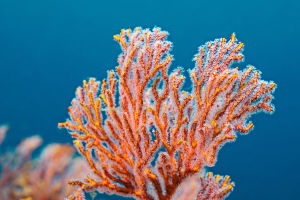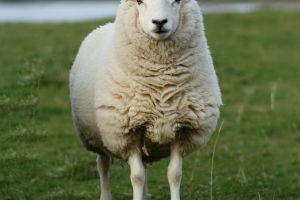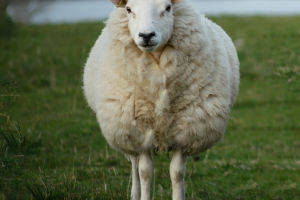In the realm of the animal kingdom, few creatures capture the essence of strength and royalty as profoundly as the male lion, scientifically known as Panthera Leo. With its magnificent mane, powerful presence, and commanding roar, the male lion stands as the undisputed king of the African savanna.
The male lion also referred to as a lion king, showcases an array of impressive physical attributes that distinguish it from its female counterparts. A mature male lion boasts a majestic mane, a thick, golden crown that encircles its head and shoulders.
This flowing mane is not only a symbol of dominance but also serves as protection during territorial conflicts, appearing more formidable to adversaries.
With an average length of 10 feet, including a tail measuring around three feet, and standing at shoulder heights of up to four feet, the male lion can weigh an imposing 420 to 570 pounds. Its muscular build, sharp claws, and powerful jaws make it an apex predator capable of taking down prey with remarkable precision and strength.
The male lion's social structure revolves around the pride, a tightly-knit community consisting of multiple related females, their offspring, and a few dominant males. These majestic felines establish a hierarchical system, with the male lion assuming a central role in maintaining the pride's safety and territory.
The males are responsible for protecting the pride from rival pride and predators, showcasing their strength and prowess through fierce battles. While male lions often share close bonds with their offspring, they also practice infanticide to ensure the preservation of their own genetic lineage.
By eliminating the cubs of previous dominant males, they enhance their own reproductive success, a strategy seen throughout the animal kingdom.
The male lion's role in hunting varies within the pride. While the females primarily undertake the task of stalking and ambushing prey, the male lion's strength and intimidating presence often come into play during the actual kill.
Their powerful physique and sheer size allow them to overpower large herbivores such as wildebeest, zebras, and buffalo, ensuring a substantial food supply for the entire pride. Following a successful hunt, the males are usually the first to feed, savoring the spoils before the females and cubs join in.
Their predatory prowess is further enhanced by their keen sense of hearing, exceptional eyesight, and ability to blend seamlessly into their surroundings, facilitating stealthy attacks.
Beyond its awe-inspiring physical attributes and remarkable social structure, the male lion holds profound symbolic significance in various cultures and societies. Its regal presence, symbolizing power, courage, and nobility, has made the male lion an iconic emblem of leadership and bravery.
From ancient civilizations to modern-day heraldry, the lion's image adorns coats of arms, flags, and cultural emblems, representing strength, protection, and authority. In folklore and literature, the lion often embodies both the magnificence and ferocity that humans aspire to possess. Its mighty roar resonates through the African savanna, evoking a primal sense of awe and reverence.
The male lion, with its majestic appearance, fierce demeanor, and vital role in the African ecosystem, holds a place of honor in the natural world. Its commanding presence in the pride, awe-inspiring hunting skills, and cultural significance make it a creature that continues to captivate and inspire.
As we admire the male lion's regal beauty and strength, let us also recognize the importance of conservation efforts to preserve its existence for generations to come. For truly, the male lion represents the epitome of untamed majesty and serves as a reminder of our responsibility to protect the awe-inspiring wonders of the natural world.


